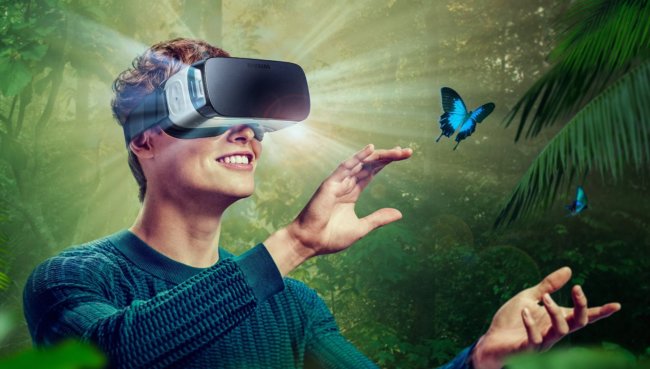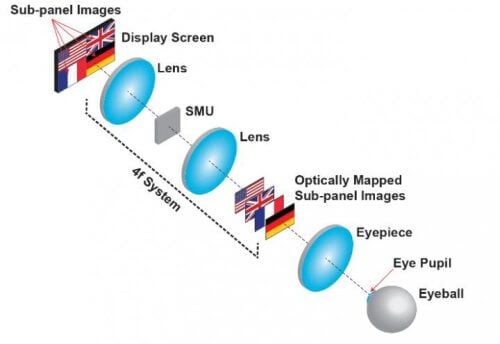
The success of many virtual reality facilitates more widespread development of this technology. But despite the incomparable sensation of new technology, she has some drawbacks. For example, long “stay” in a virtual environment leads to fatigue and severe fatigue. A new development of scientists from the University of Illinois, who introduced a prototype three-dimensional display, the image which is perceived exactly same as the picture of the world.
The new display, but rather his working prototype has dimensions of 2.5 x 5 inches. It is able to reproduce a realistic image due to a number of interesting innovations. The fact that it is usually a three-dimensional image in the helmet of a virtual reality obtained by the so-called optical display Optical Mapping. Its essence lies in the fact that optical mapping is a division of the screen into multiple regions, each region formed its two-dimensional image.

After that, each two-dimensional area “gets” the depth and special algorithms ensure the navigation depth so that the result is one continuous three-dimensional image. The main technological element of the new system is a device of the spatial multiplexing, which “pushes” parts of the image area to a predetermined depth. The device consists of spatial light modulators, which alter passing through them the light according to a certain algorithm, making the brain “deceived”. Most interesting is that the new technology can work with any type of existing displays.
“In the future we plan to replace the spatial light modulators other optical components, such as elements of volume holography. These components not only will reduce the size and weight of the device. They also consume far less energy.”
A new type of display will help to avoid eye fatigue when using virtual reality glasses
Vladimir Kuznetsov